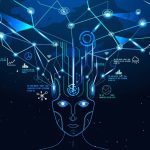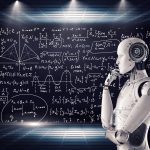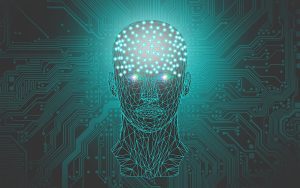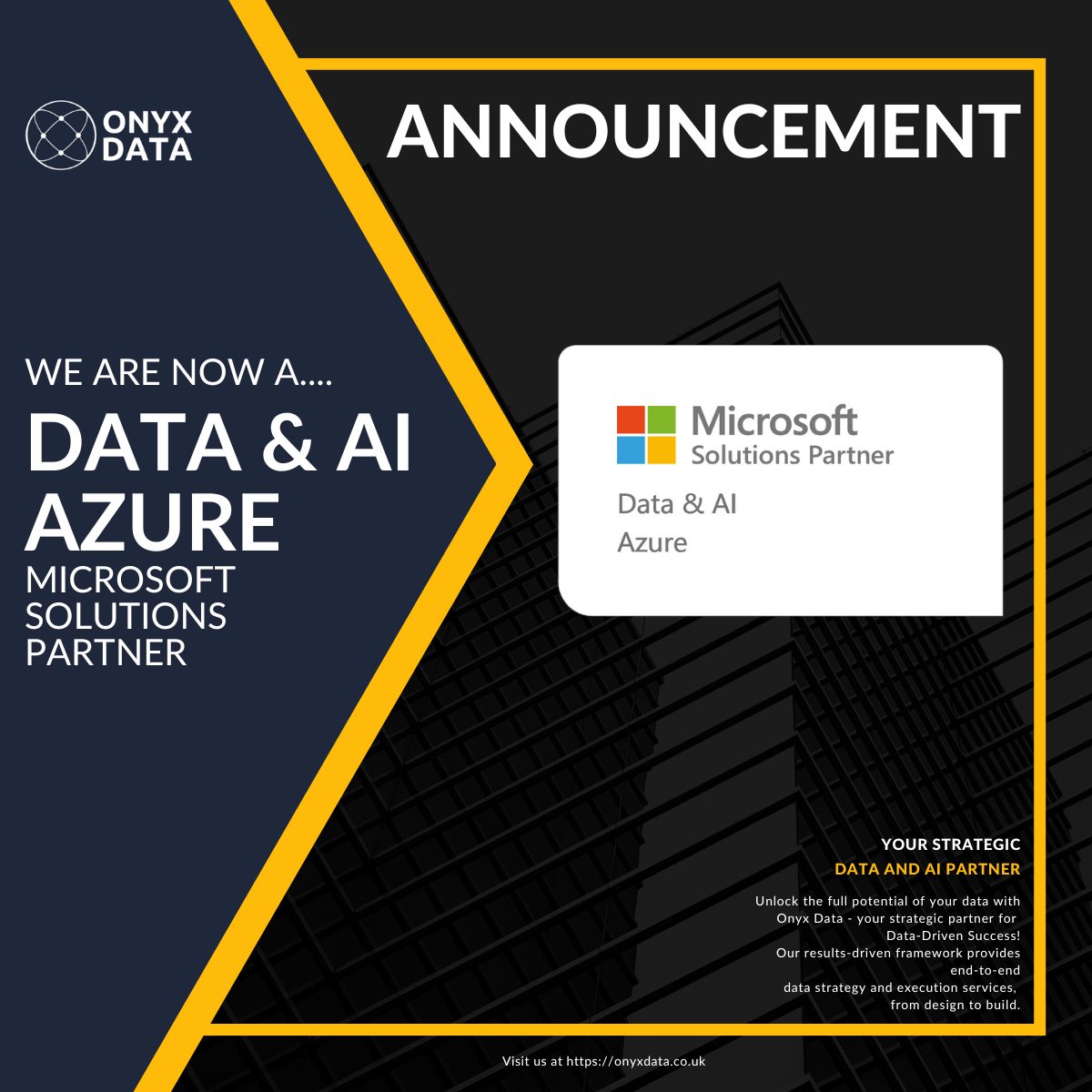Understanding the Landscape of AI, Machine Learning, and Generative AI

In the rapidly evolving world of technology, buzzwords like AI, Machine Learning (ML), and Generative AI have become commonplace. But what do they really mean? How do they relate to each other, and what sets them apart? Let’s dive into these concepts to gain a clearer understanding of their significance and differences.
Demystifying AI, ML, and Generative AI
- Artificial Intelligence (AI): At its core, AI refers to the simulation of human intelligence processes by machines, particularly computer systems. These processes include learning, reasoning, problem-solving, perception, and language understanding. AI systems aim to mimic human cognitive functions, allowing them to perform tasks that would typically require human intelligence.

- Machine Learning (ML): A subset of AI, Machine Learning is a technique that enables computers to learn from data and improve their performance on a task through experience. Instead of being explicitly programmed, ML models use algorithms to find patterns in data and make predictions or decisions. It’s like teaching a computer to recognise patterns on its own.

- Deep Learning (DL): A subset of Machine Learning, Deep Learning involves neural networks with multiple layers (hence the “deep” in its name) that attempt to simulate the human brain’s structure and function. Deep Learning has revolutionised AI by enabling the processing of large and complex datasets, leading to breakthroughs in areas like image and speech recognition.

- Generative AI: This is where things get intriguing. Generative AI refers to a class of AI algorithms that generate new content, whether it’s images, text, music, or other forms of data. Unlike traditional AI, which is focused on providing specific answers or solutions, Generative AI is about creating something new and creative based on patterns it has learned from existing data.

Comparing Generative AI and Traditional Machine Learning
In traditional Machine Learning, models are trained to make predictions or classifications based on patterns in the data they’ve been given. For instance, a model might predict whether an email is spam or not based on the words it contains. Generative AI, on the other hand, takes a step further and creates entirely new content. Think of it as the difference between a painter who replicates existing art (traditional ML) and a painter who creates entirely original masterpieces (Generative AI).
Delving into the Distinctions
The relationship between these terms can sometimes be confusing due to their overlapping nature. To clarify:
- AI vs. ML: AI is the broader concept of enabling machines to perform human-like tasks, while ML is a subset of AI focused on training models to improve their performance over time.
- ML vs. DL: ML encompasses various techniques for teaching machines to learn from data, and DL is one of these techniques that involves neural networks with multiple layers.
- AI vs. Generative AI: Generative AI is a specialised form of AI that specifically deals with creating new content, going beyond the scope of general AI tasks.
The Impact and Future

Generative AI, with its ability to generate new and innovative content, has found applications in fields like art, design, content creation, and even drug discovery. OpenAI’s DALL-E, for instance, can generate unique images from textual descriptions, sparking a new era of creativity and automation.
As we move forward, understanding these distinctions will be crucial in harnessing the full potential of AI, Machine Learning, and Generative AI. Whether it’s solving complex problems, making predictions, or fostering creativity, these technologies are shaping the way we interact with machines and the possibilities they offer.
In conclusion, the world of technology is progressing at an astonishing pace, with AI, Machine Learning, and Generative AI at the forefront of innovation. These concepts, while interconnected, each serve distinct purposes and have unique implications for various industries. Whether you’re intrigued by the predictive power of ML, the creativity of Generative AI, or the overarching goal of AI to mimic human intelligence, the future is undoubtedly one where these technologies will continue to drive change and redefine what’s possible.
Click, read, and hear more about data and artificial intelligence with our blogs on our website.
Citations
https://dictionary.cambridge.org/dictionary/english/ml
https://www.collinsdictionary.com/dictionary/english/ml
https://cloud.google.com/learn/artificial-intelligence-vs-machine-learning
https://books.google.co.uk/books?id=RcHZDwAAQBAJ&pg=PA140&lpg=PA140&dq=what+does+ml+mean+in+text&source=bl&ots=0Q_qgYQE4U&sig=ACfU3U1zu8ssRsGxCkGerMlUZvcnsn74HQ&hl=en&sa=X&ved=2ahUKEwjJqaDiufeAAxXPEFkFHSUuDooQ6AF6BAggEAM
https://www.aboutamazon.com/news/aws/aws-amazon-bedrock-generative-ai-service
https://www.spiceworks.com/tech/artificial-intelligence/articles/what-is-ml/
https://study.com/academy/lesson/what-is-a-milliliter-definition-conversion.html







